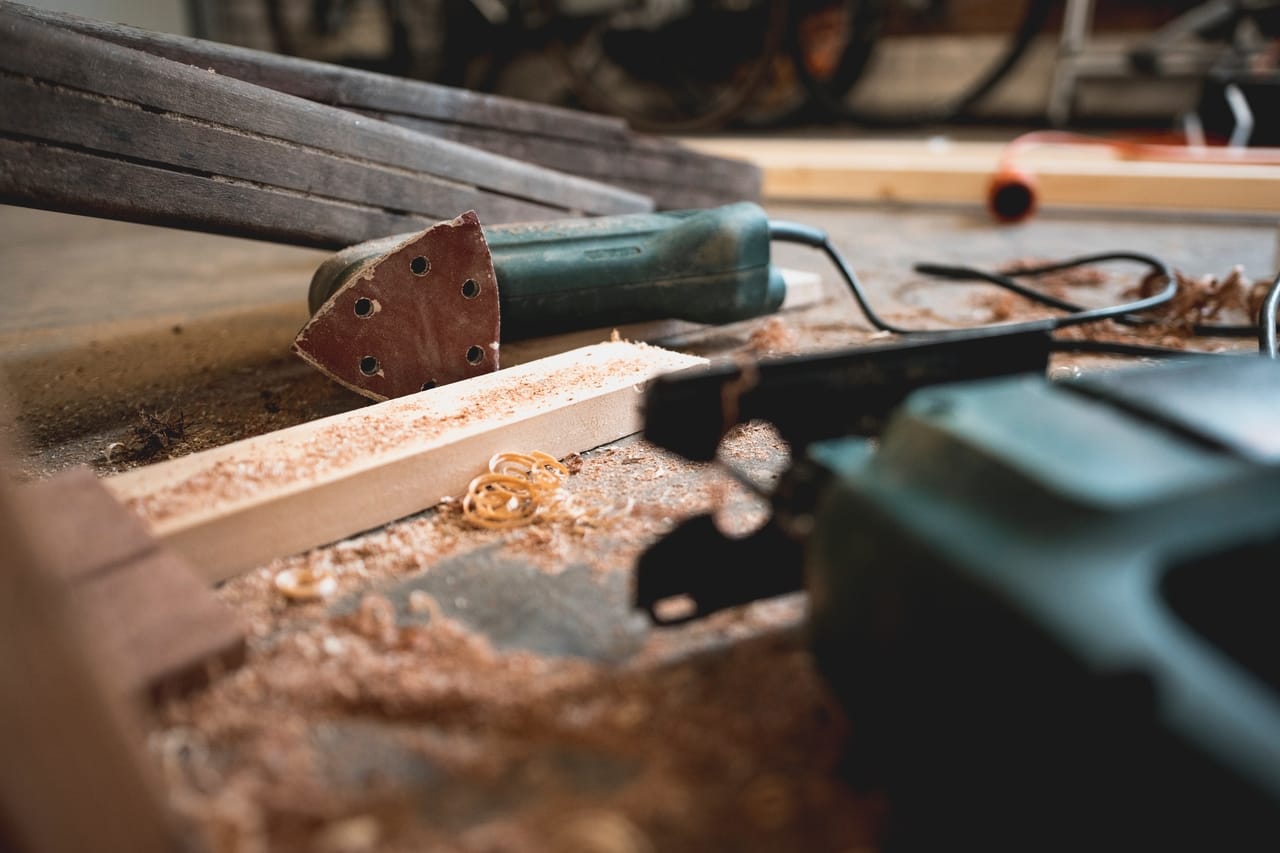
When you get started on a commercial building project, there are many decisions to make about which materials to use under which financial and material conditions. For example, steel and wood each offer their own benefits and limitations for builders of commercial structures. If you're not sure whether you should use steel or wood framing on your next project, let this article be your guide.
Benefits of Each Material
While steel is sometimes more costly than wood, both materials are designed to hold up well in conditions such as high winds and heavy snows. Additionally, they can each accommodate solar panels and other energy-efficient adaptations,
Wood can be less expensive and is a natural insulator, providing built-in energy efficiency benefits. Some wood structures can be built more quickly and easily than their steel counterparts. A popular reason to choose wood, however, is its aesthetic value. Your type of business will play a major role in determining the material that best fits the image you want it to project—one that’s sleek and modern or more rustic or nostalgic.
How can I decide whether to use steel or wood?
While the decision is often a financial one, many factors play into whether wood or steel is the best choice for your commercial building project. This can include considerations such as building size, purpose, and zoning ordinances, which will need to be taken into account before you begin construction. Working with an experienced commercial builder can help you understand what considerations should play into your choice and identify the best building materials for your project.
If you want more advice on the construction of your next commercial project, Pro-Line can help. From start to finish, our blog provides resources that can guide and position your building project for maximum success. Subscribe to our blog to learn more.

.svg)